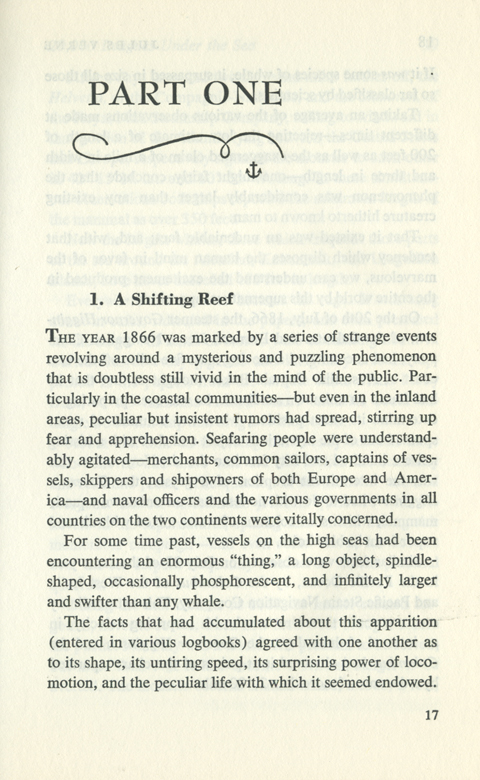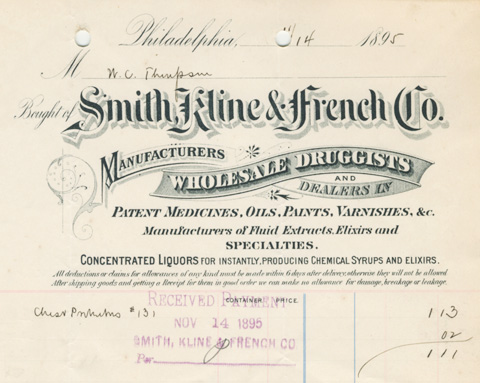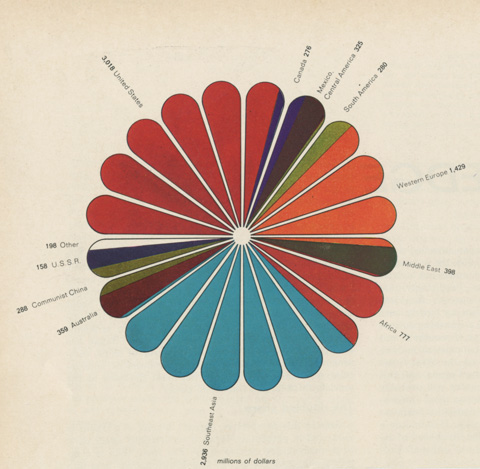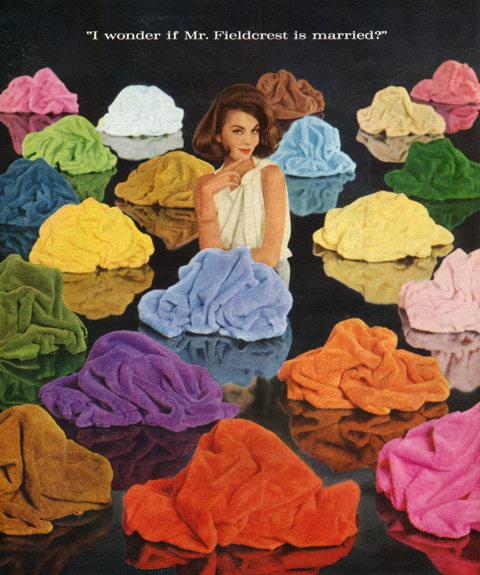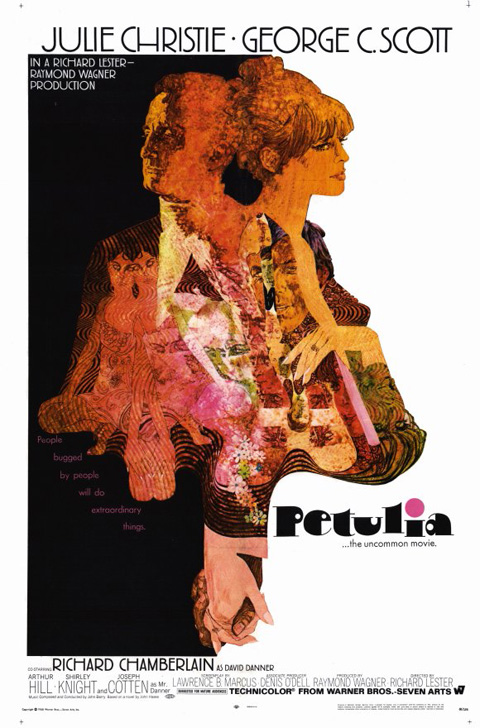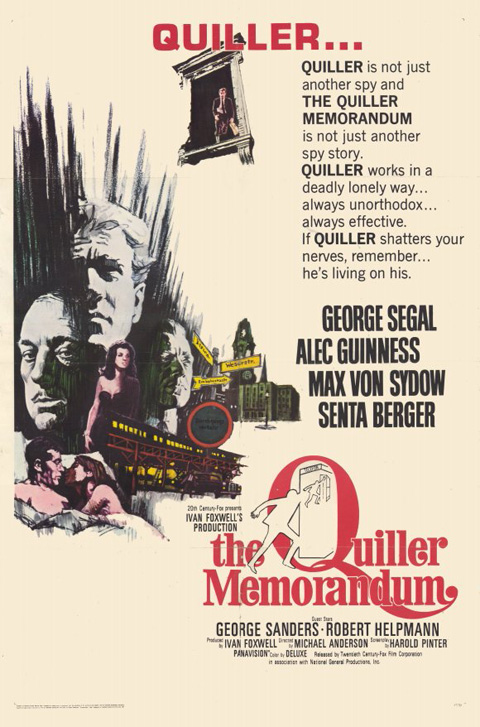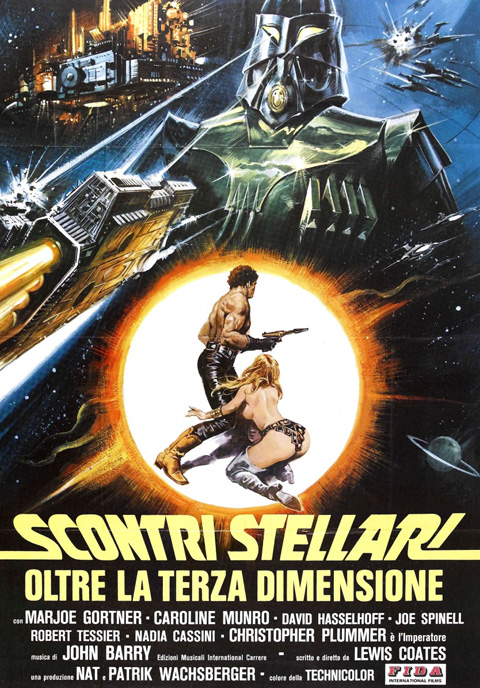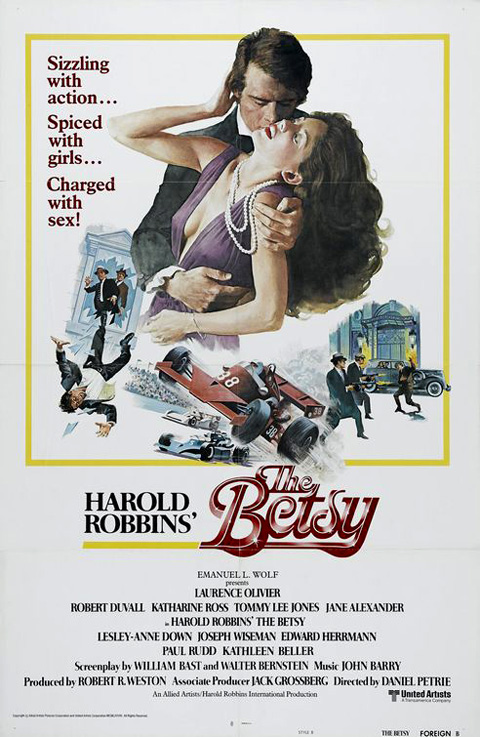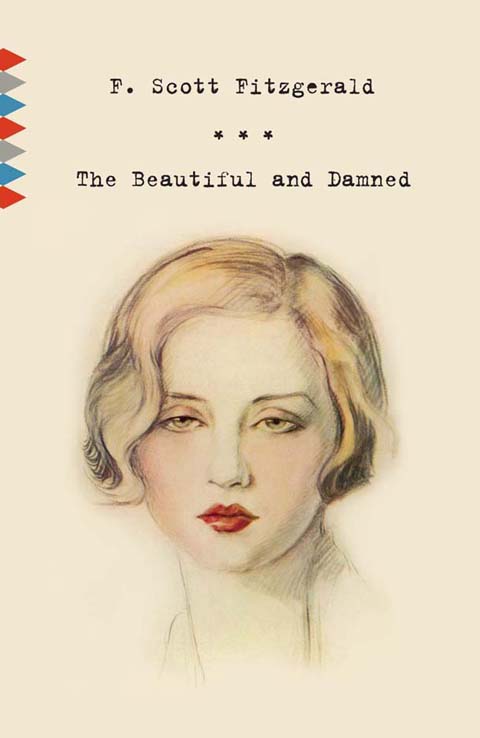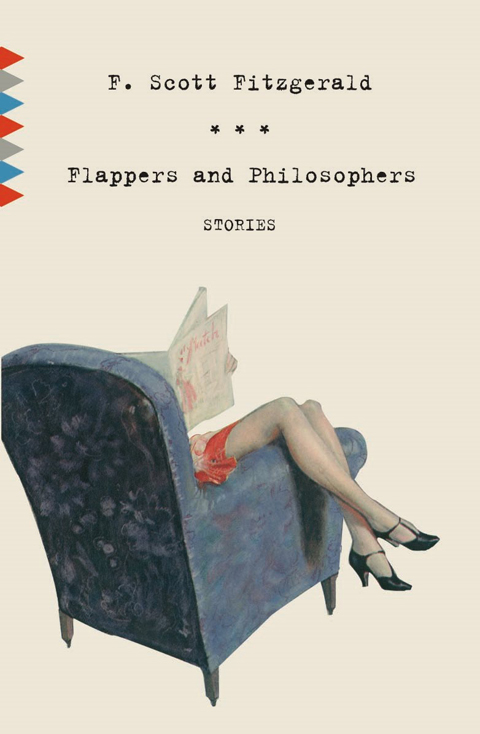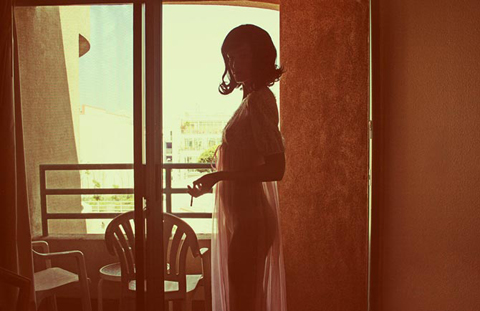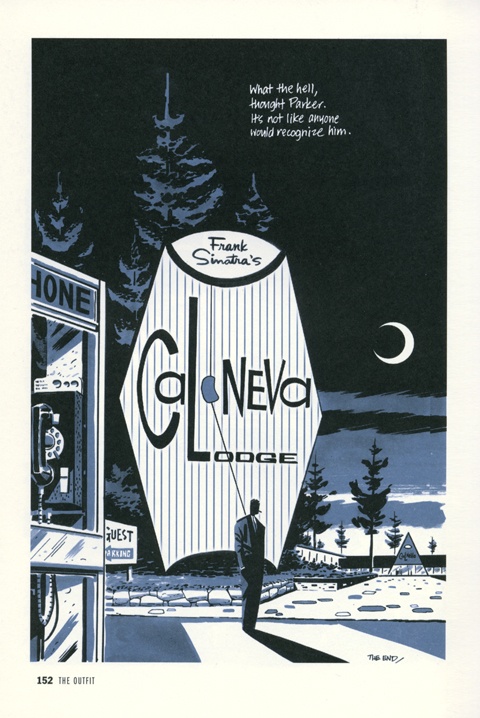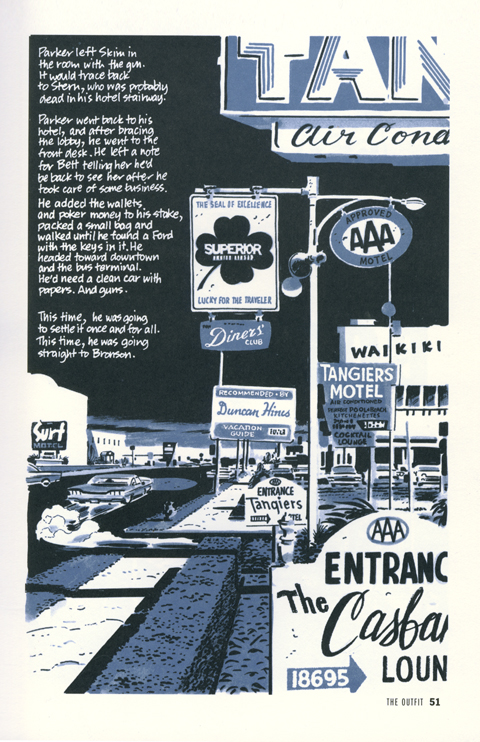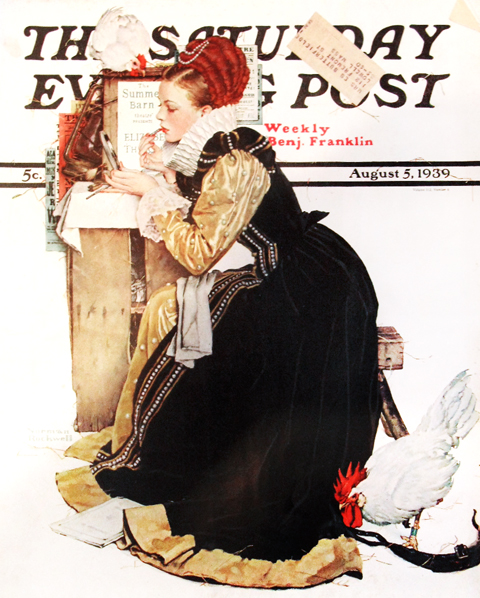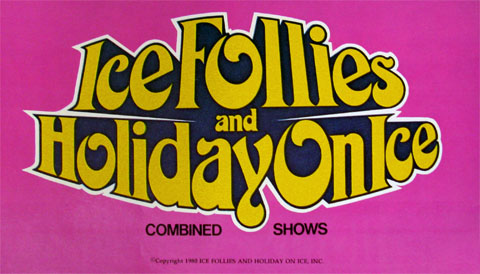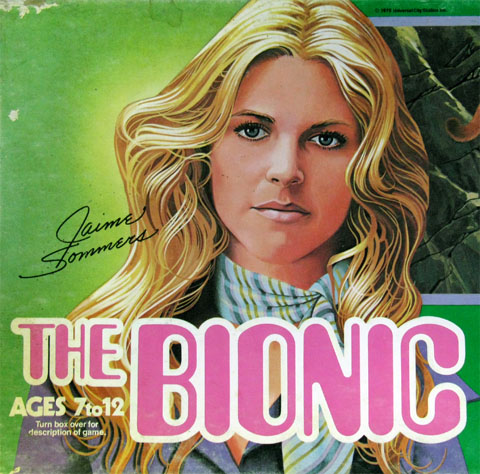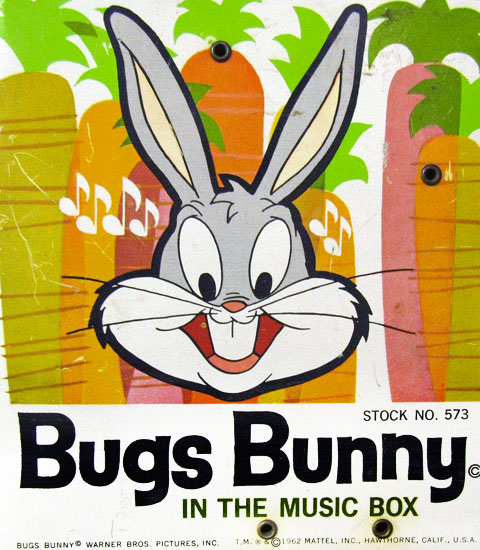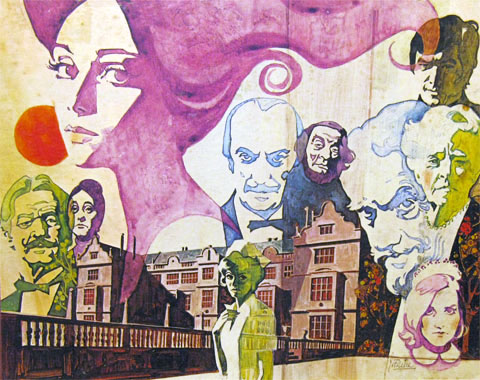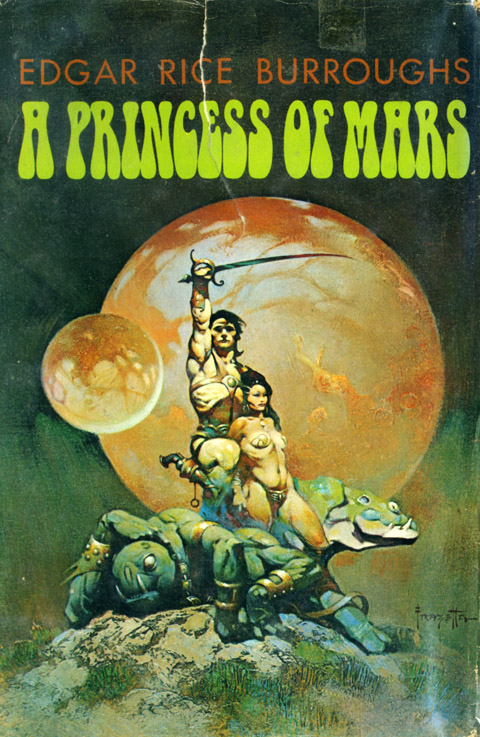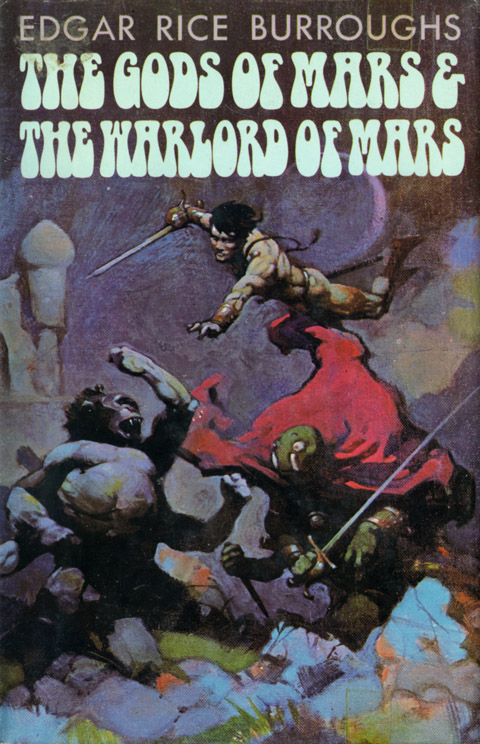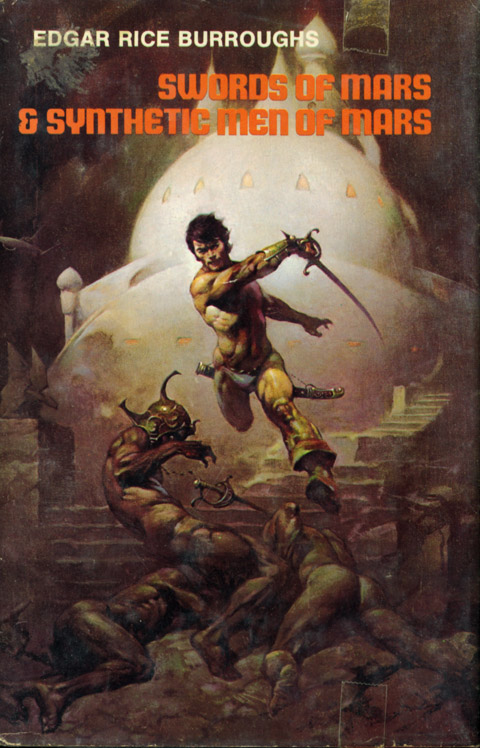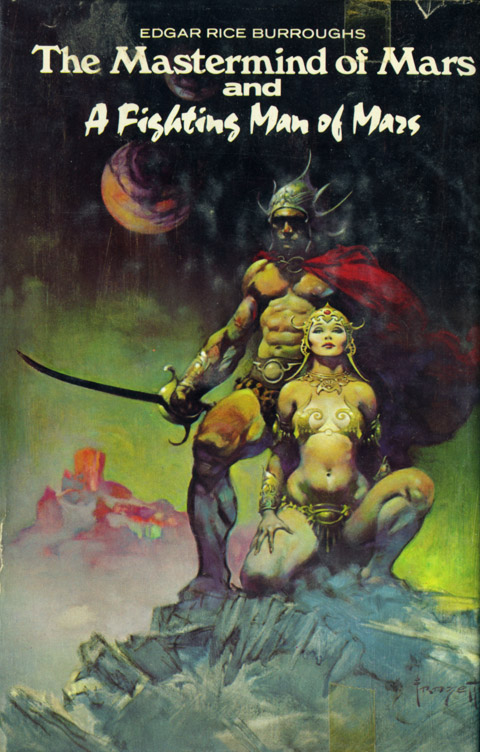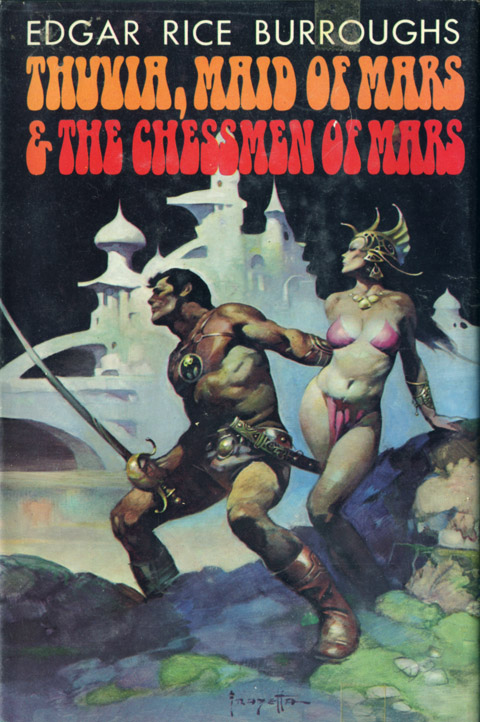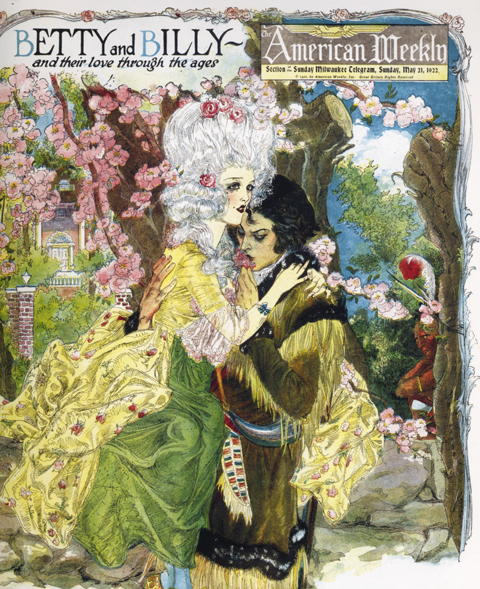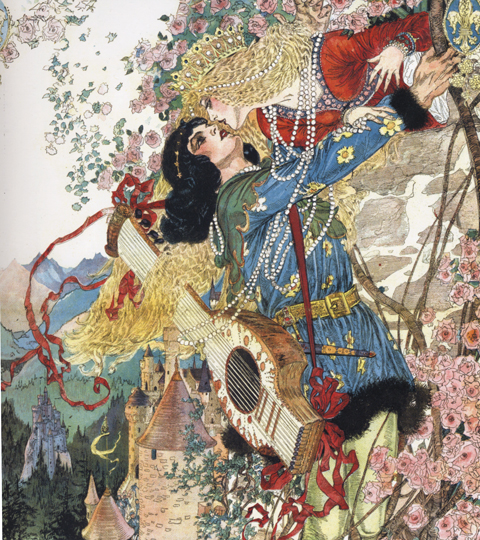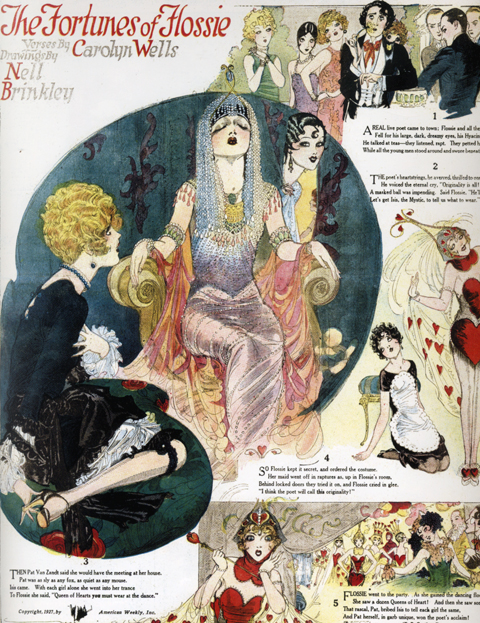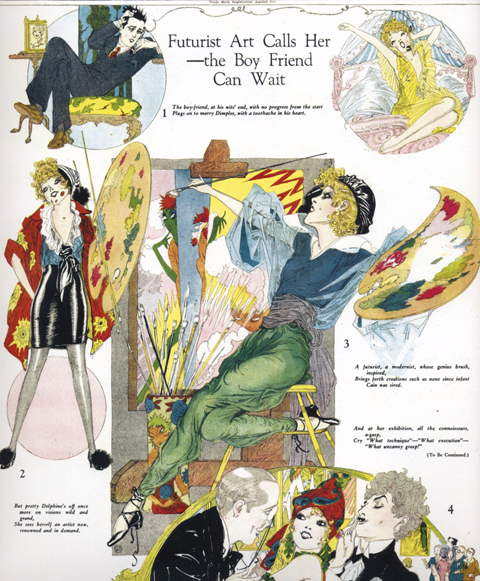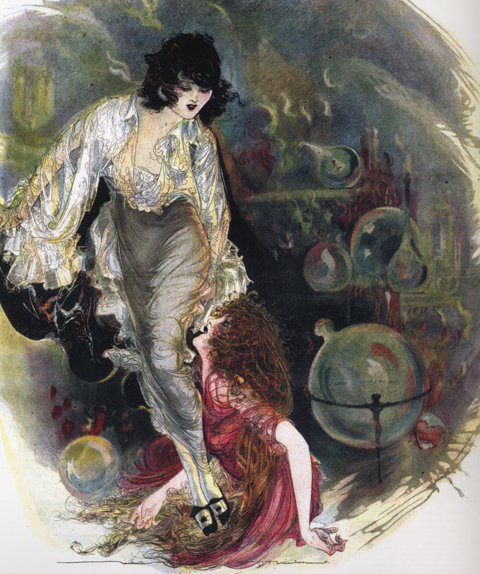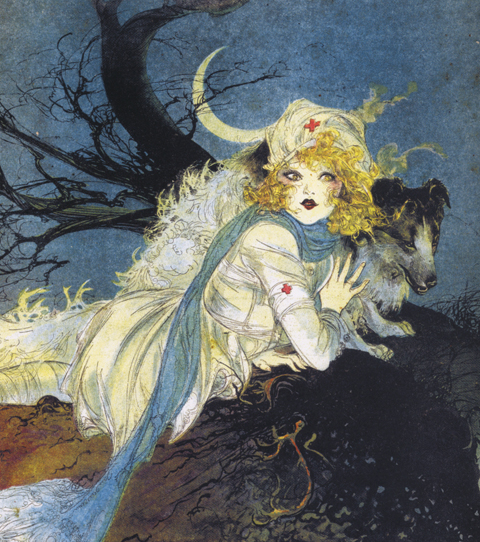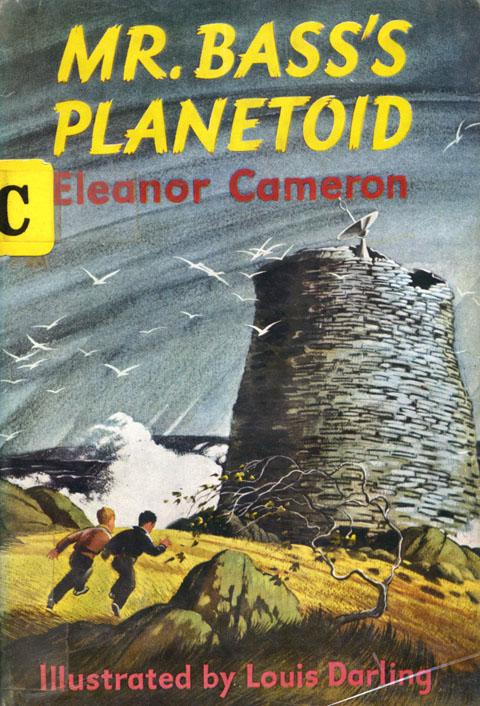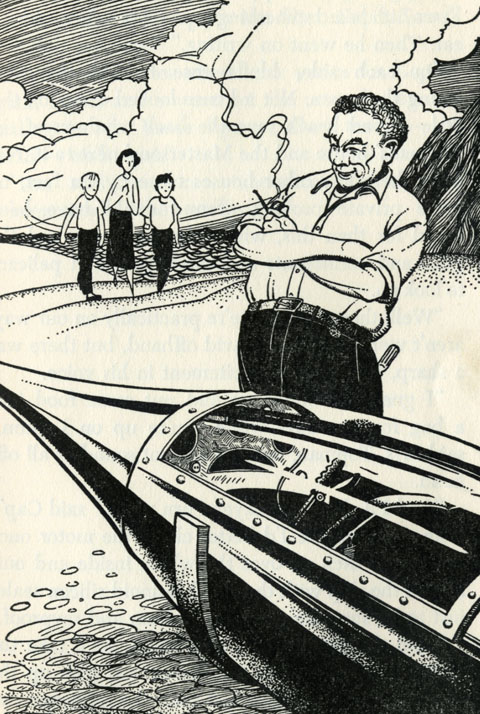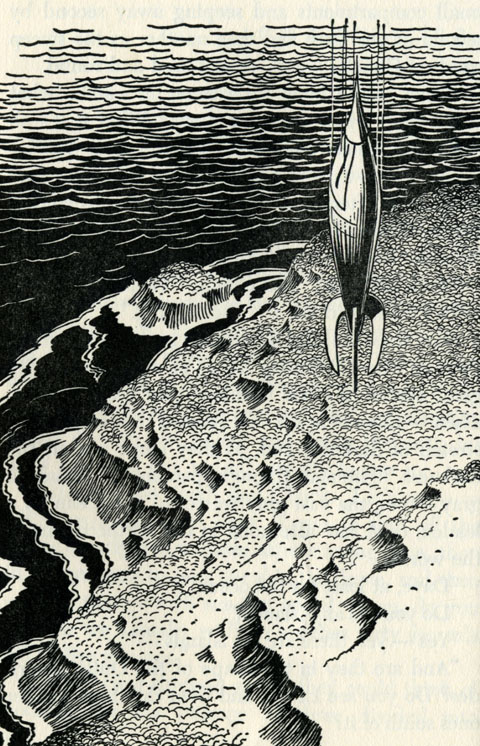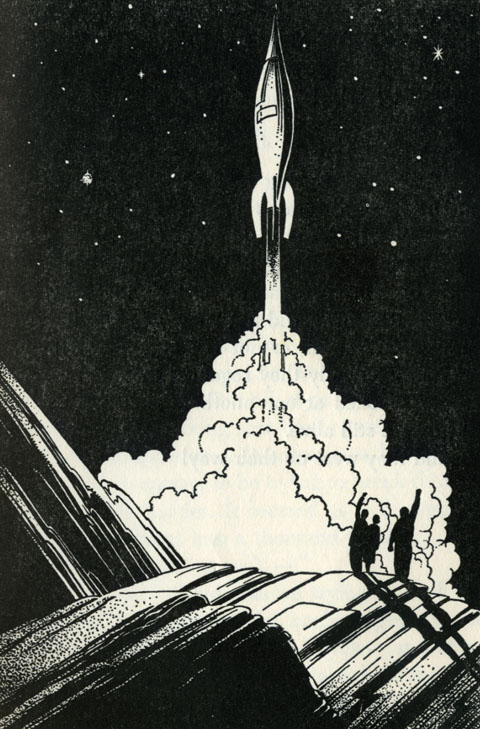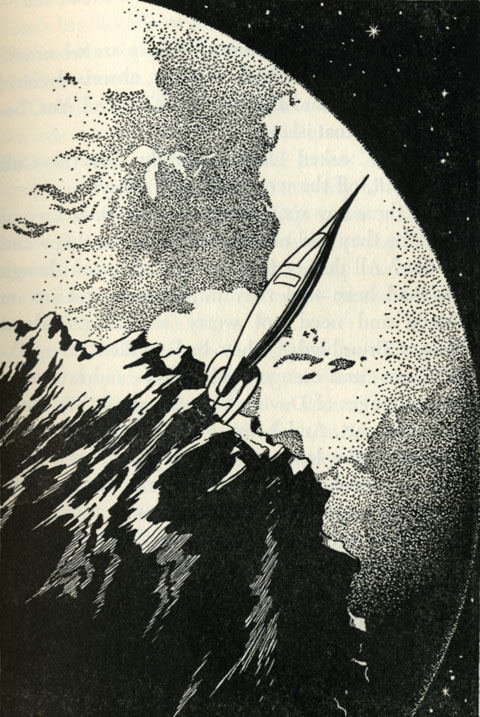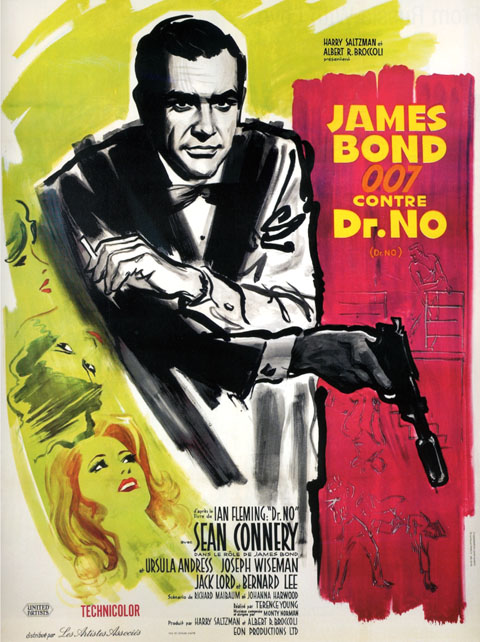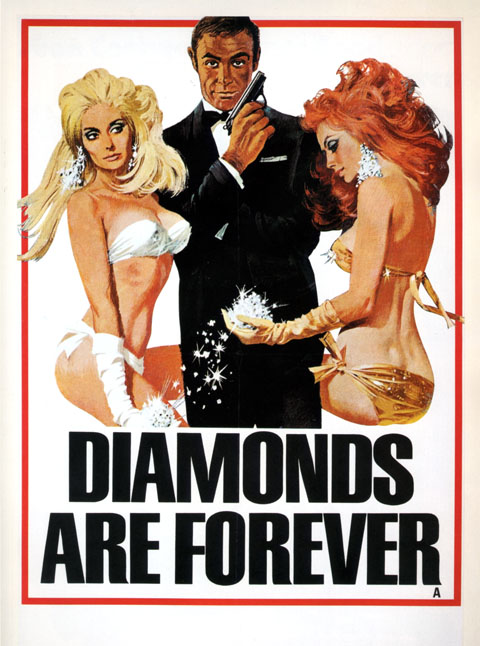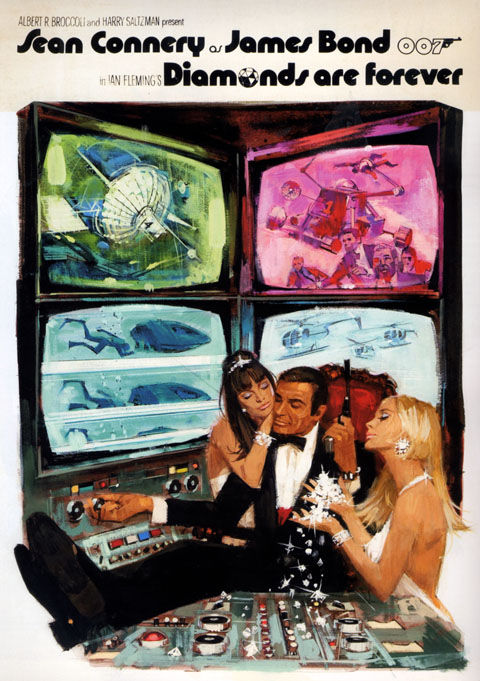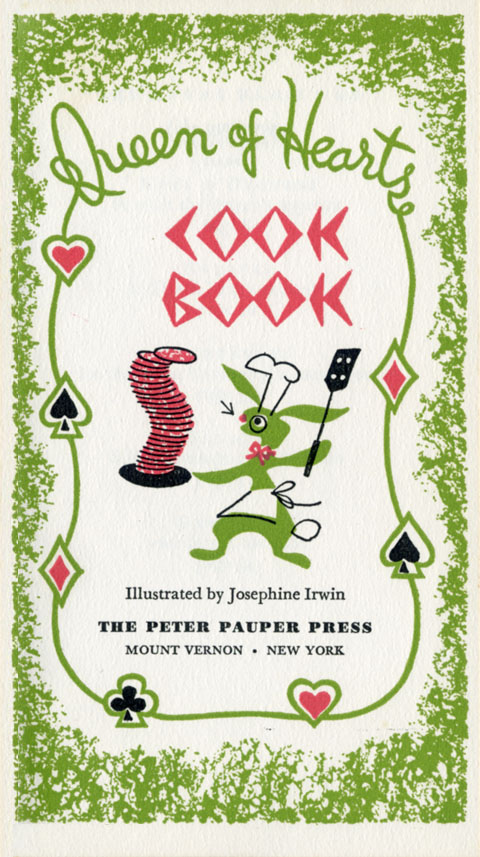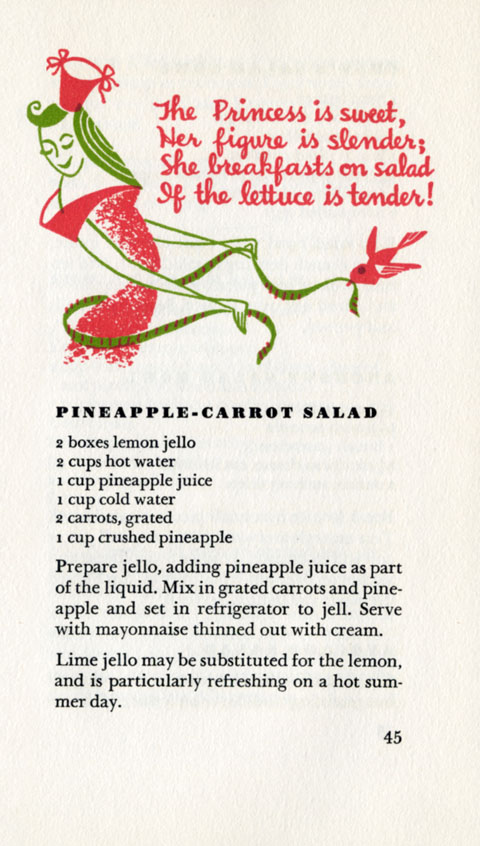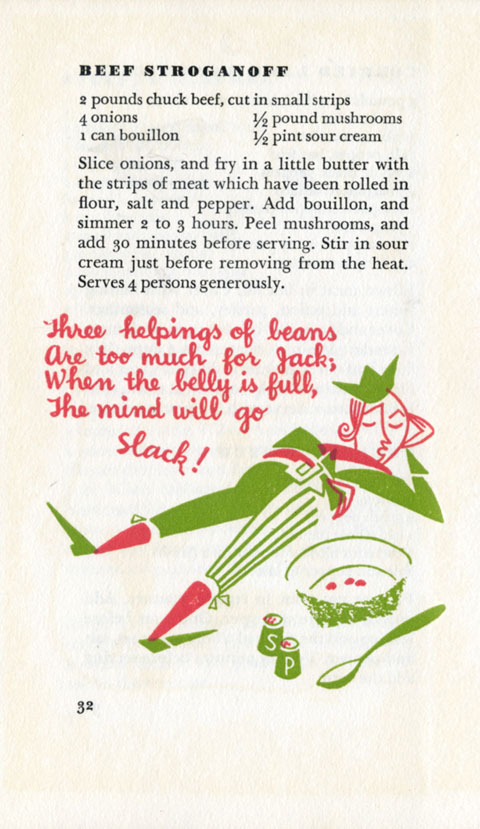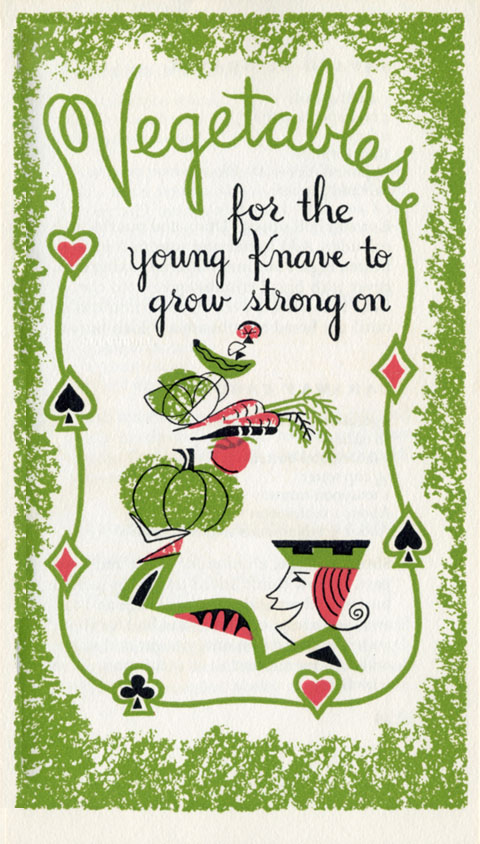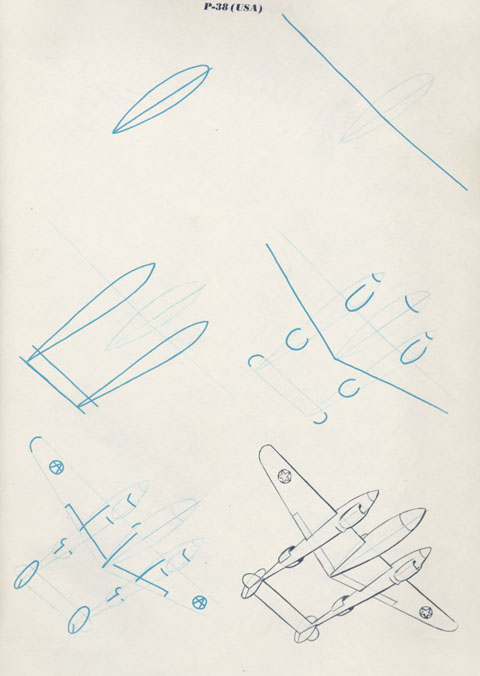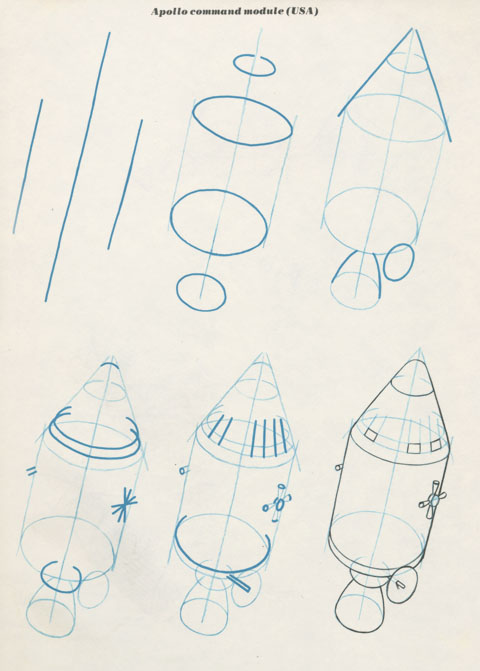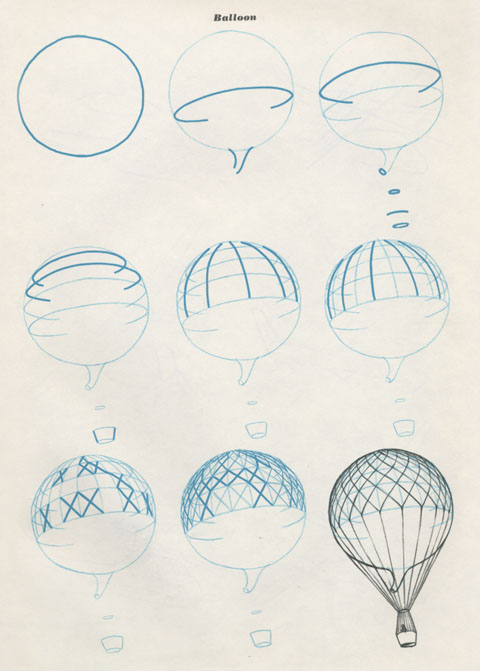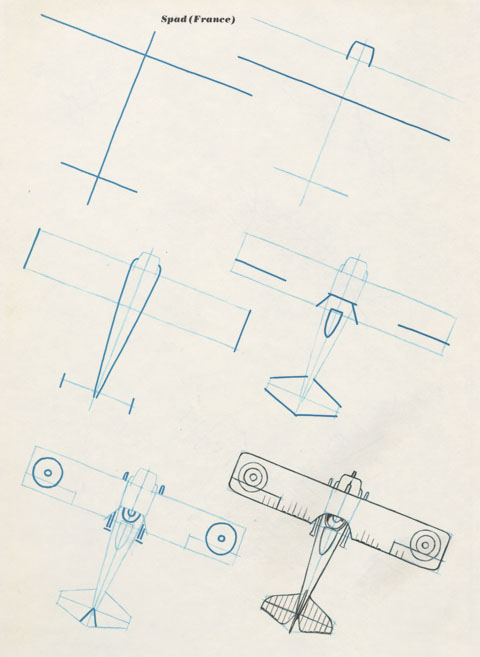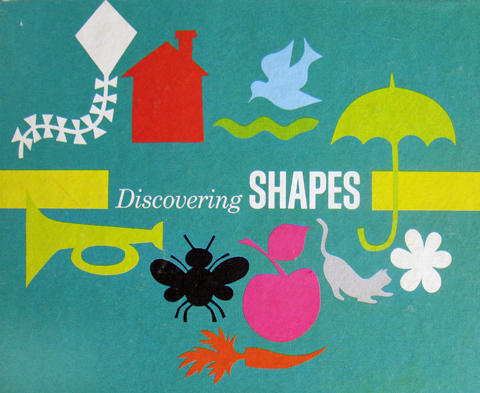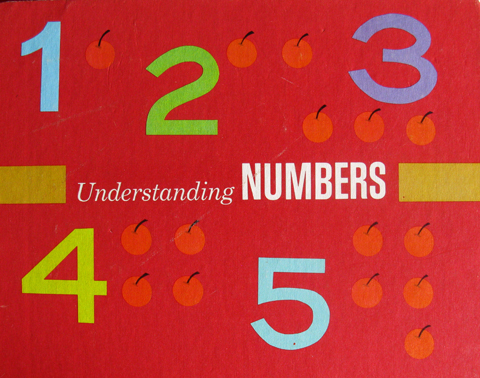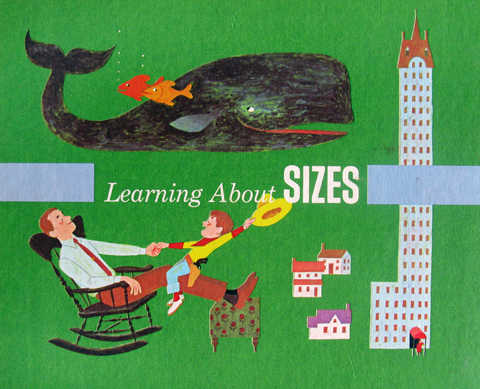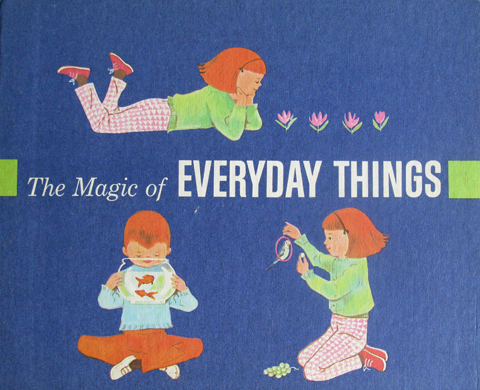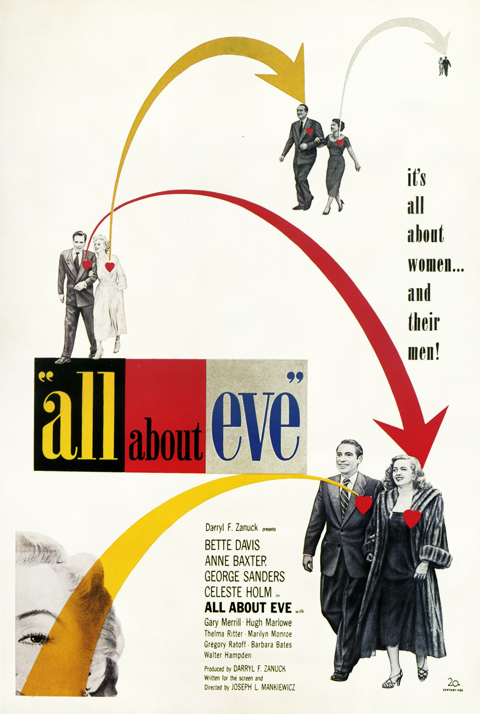
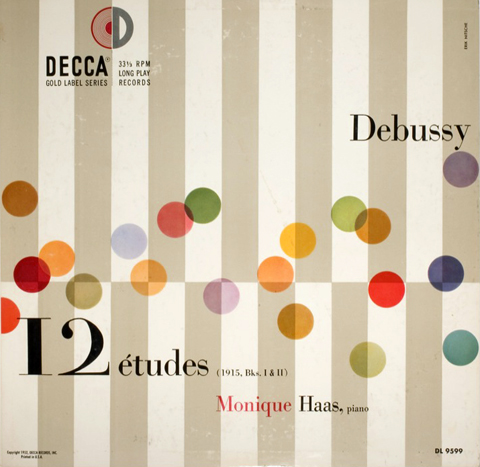
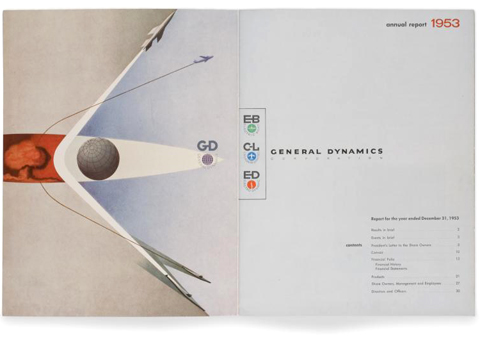
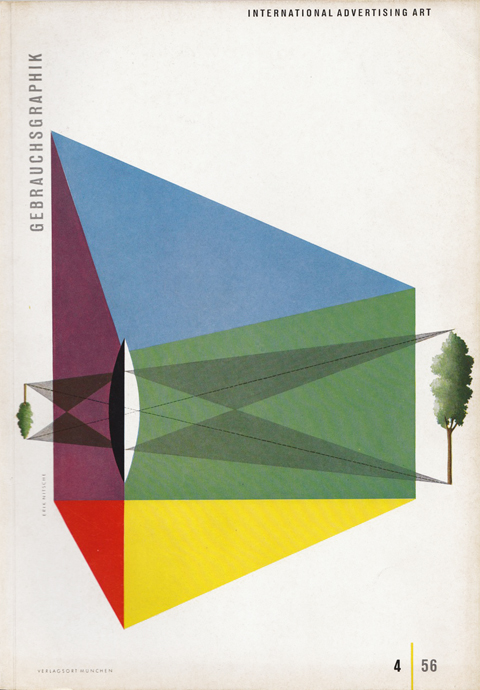
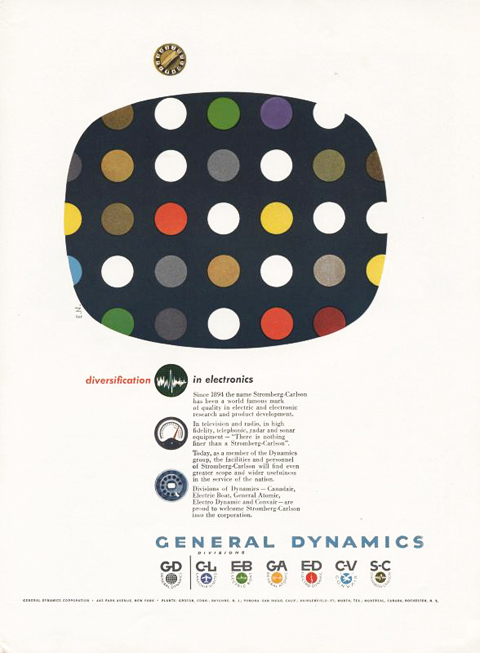
I like my Modernism with club soda and two limes… Which is why I am so taken with the work of Erik Nitsche; it is positively effervescent.
My affection for his work is rooted in repeated sightings of the same thing – his poster for the Betty Davis showbiz melodrama All About Eve. It’s one of my favorite pieces of design… the cutout photos, clean but playful layout, and the signature Missile Command-esqe fusillade of arrows. I’m struck every time I come across it, and it has been big influence on my aesthetic, especially my collage work.
I finally did further research and discovered a wealth of amazing, brilliantly composed and crafted design that has since slipped under the waterline. Nitsche worked for a broad spectrum of clients including General Dynamics, Decca Records, Revlon, Saks Fifth Avenue, MOMA, 20th Centrury Fox, and the Container Corporation of America. Or to put it another way, across virtually the entire cultural landscape.
Poring over his work made me think of the title of a famous Mondrian – Broadway Boogie Woogie. It’s the painting whose emanations border on music, where the grid begins to pulse and shimmy. Piece after piece of Nitsche’s had this almost musical vitality – a backbeat of patterns and repetition over which he improvised variations punctuated with perfectly deployed grace notes and accents.
There doesn’t seem to be a published monograph or survey of his work, but you can cinch one together from across the inter-web. U&lc and New York Times Book Review art director Steven Heller wrote an excellent short biography and career assessment for Typotheque called the Reluctant Modernist that is well worth reading. BustBright, the after-hours studio of Los Angeles designers Katie Varrati and Derrick Schultz, maintains an excellent and growing Flickr survey of his work… and below you’ll find my own homage to Nitsche from a few years back:

Risk, 12″x 12″ Collage on board, 2008

